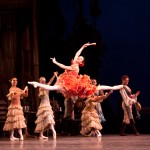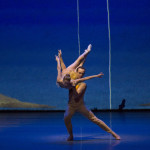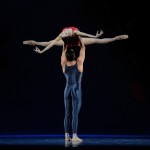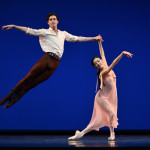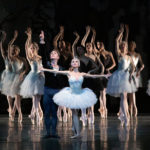Leigh Donlan reviewed the Sun Feb 9th, 2025, performance at the Koch Theater in New York City
Alexei Ratmansky premiered an invigorated Paquita for New York City Ballet – a fresh but fragmented take on the pedigreed classic. This program opened with Balanchine’s 1951 restaging of the first act Pas de Trois followed by Ratmansky’s interpretation of the third act Grand Pas Classique.
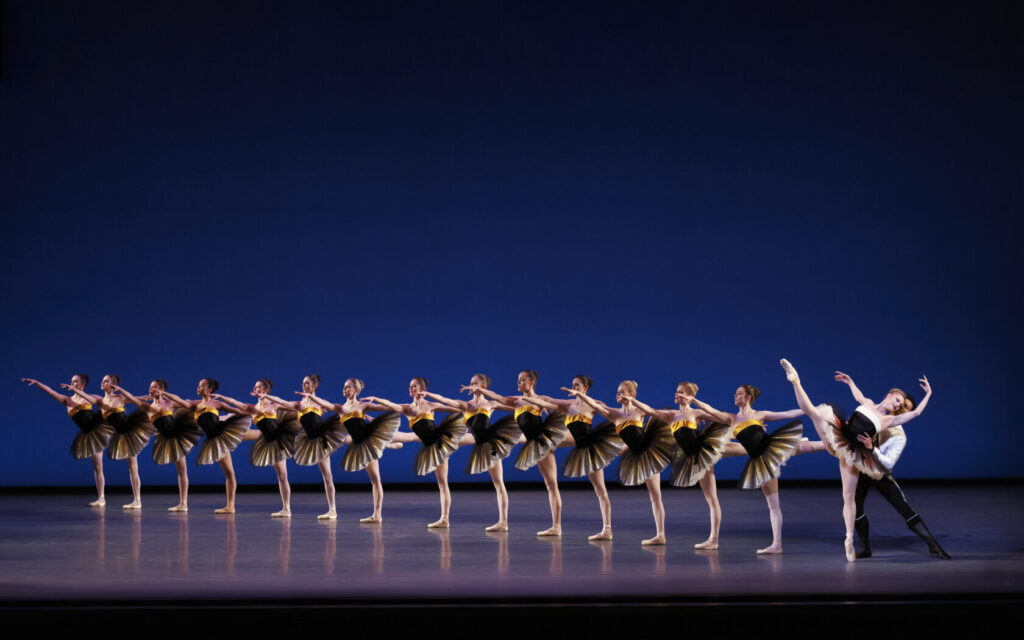
Balanchine’s signature style was still everywhere, just amplified in the reconstructed Grand Pas – a daring, technicolor feat from the dancers (and orchestra, gorgeously conducted by Andrew Litton.) But a glorious sense of boundlessness was only intermittently explored by the dancers. There were glimpses, but it was mostly City Ballet doing Balanchine more intensely. Ratmansky’s Pas did feel more spatially ‘grand’ but most of the dancers were still acclimating to their newfound freedom, leaving noticeable gaps in the large space.
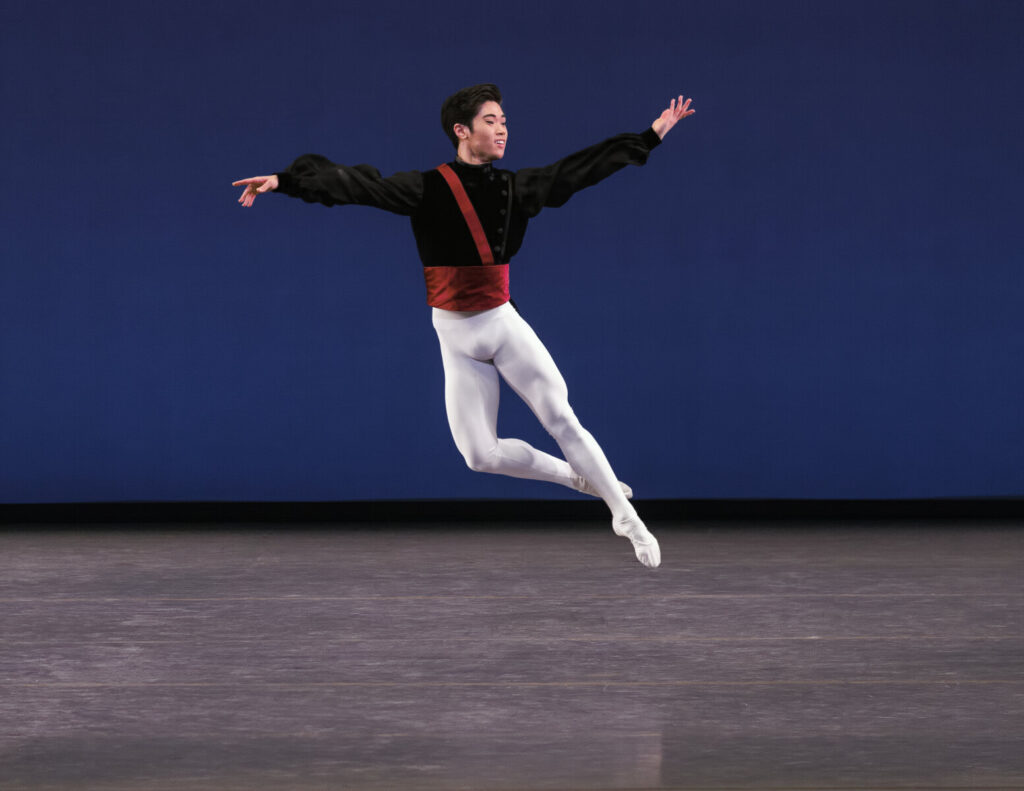
Sunday’s soloists in the Minkus Pas de Trois were the bold and bright Allegra Inch, KJ Takahashi and Rommie Tomasini. The challenging series of duets and solos showcased each dancer’s strengths. Takahashi’s triple-pirouettes from fifth, repeatedly alternating right and left, were just one of his many impressive feats. The choreography for Inch and Tomasini was a mix of sweet and savory, Inch with the more syrupy gestures and Tomasini executing the more arduous and showy tricks. I preferred the sugar. And the Jérôme Kaplan costumes were vibrant and whimsical, with tiered fuchsias petaled into the flounced tutus.
In the highly anticipated Grand Pas, the six soloist variations blended Balanchinean style, athleticism, steely grace and attack. The corps maintained a dazzling high-voltage energy despite some inconsistent visual details – like the height of arabesques – decked in regal black, gold and white neoclassical tutus, also by Kaplan. Linear stage formations created striking grand diagonals with horizontal and vertical brushstrokes. There was an overall straightforward, often blunt sensibility throughout the corps and soloist sections. Consequently in the tender pas de deux between Sara Mearns and Chun Wai Chan, her languid archings of the back and artistic sensitivity felt overpowered by the force of the corps and soloists. For whatever reason, she looked ill at ease. The contrasting moods and energies weren’t cohesive.
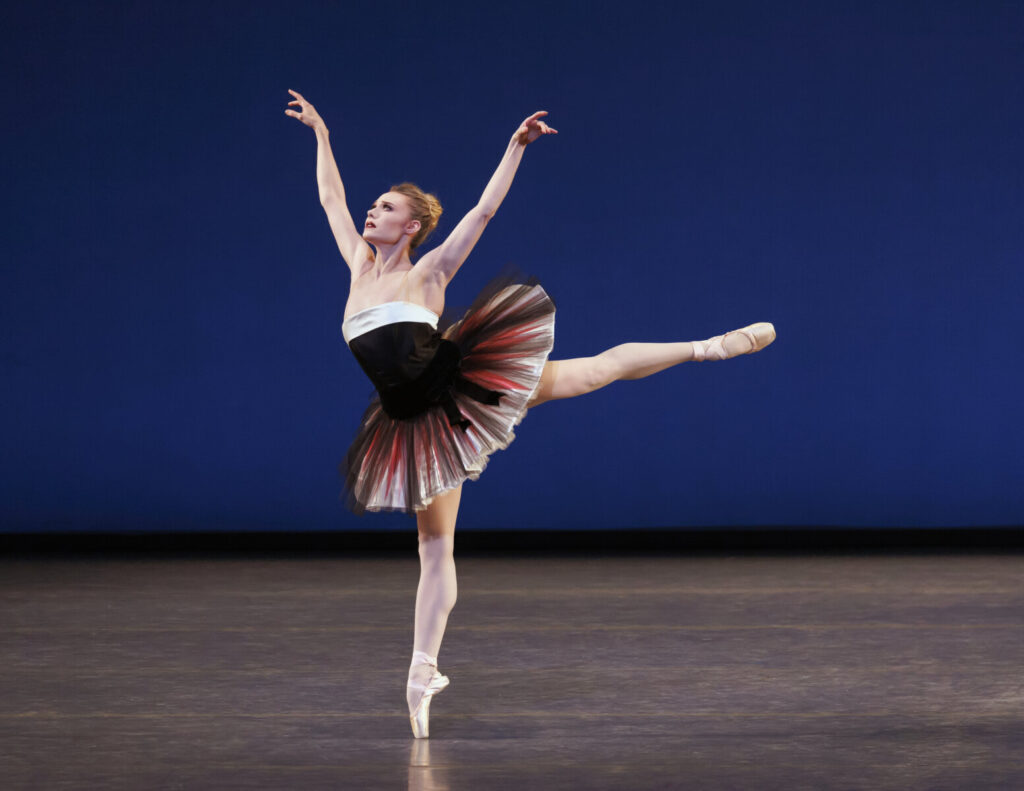
The paint is still drying on this promising piece as the dancers continue to navigate it for themselves.
Jerome Robbins’ In the Night was a tranquil contrast to Paquita’s excitement. Chopin’s four nocturnes – luminously played by Elaine Chelton – lulled us while three couples depicted phases of love beneath a starry sky. Indiana Woodward was a swirling lilac vision, Ashley Hod embodied resistance and surrender, and Mira Nadon’s passion was tempered by vulnerability in her partnership with Gildert Bolden III.
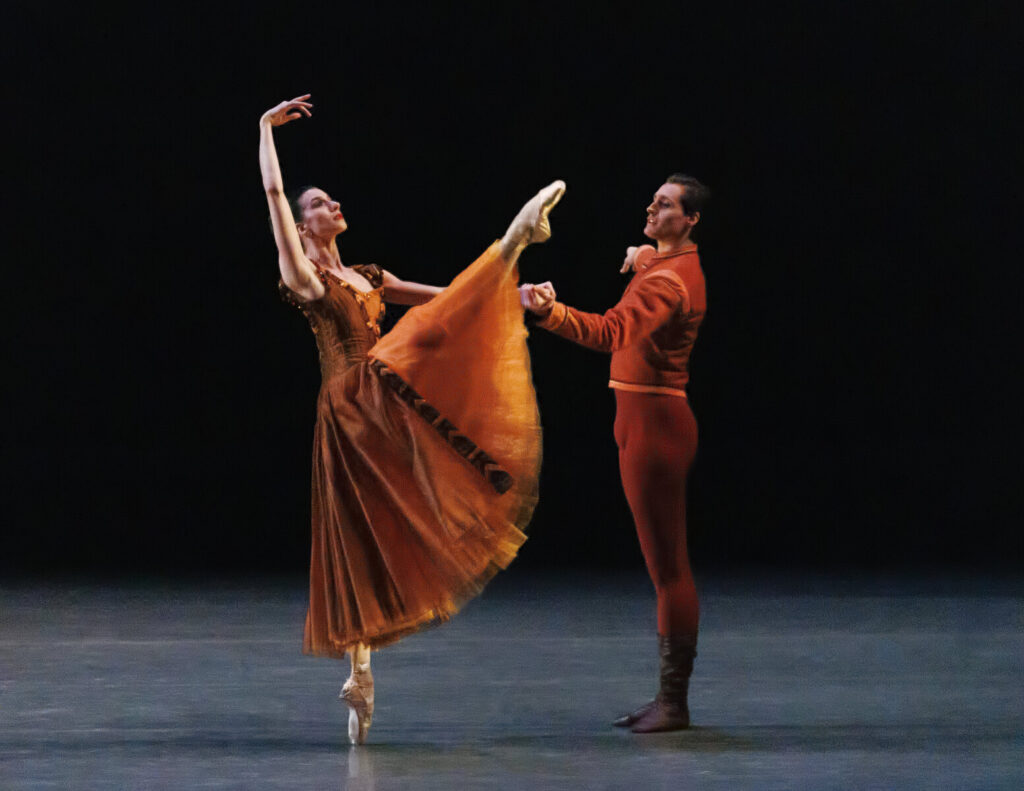
From the raised orchestra pit platform, in a popular segment known as See the Music, conductor Andrew Litton presented an engaging exploration and demonstration of Igor Stravinsky’s Symphony in Three Movements – highlighting the music’s complexity of counts and rhythmic intensity, the difficulty of the music and the challenges it presents to most orchestras. The New York City Ballet Orchestra played it for their 349th time on Sunday and it was glorious.
As was Balanchine’s 1972 “leotard” masterpiece, which was indeed “seeing the music,” a marvel of textures, shapes, strangeness and endless detail. Balanchine knew how to use space brilliantly. He covered it all in Symphony in Three Movements – circles, lines, angles, diagonals. The third act, with its full cast of cyclonic spinning wheels within wheels, was spectacular.
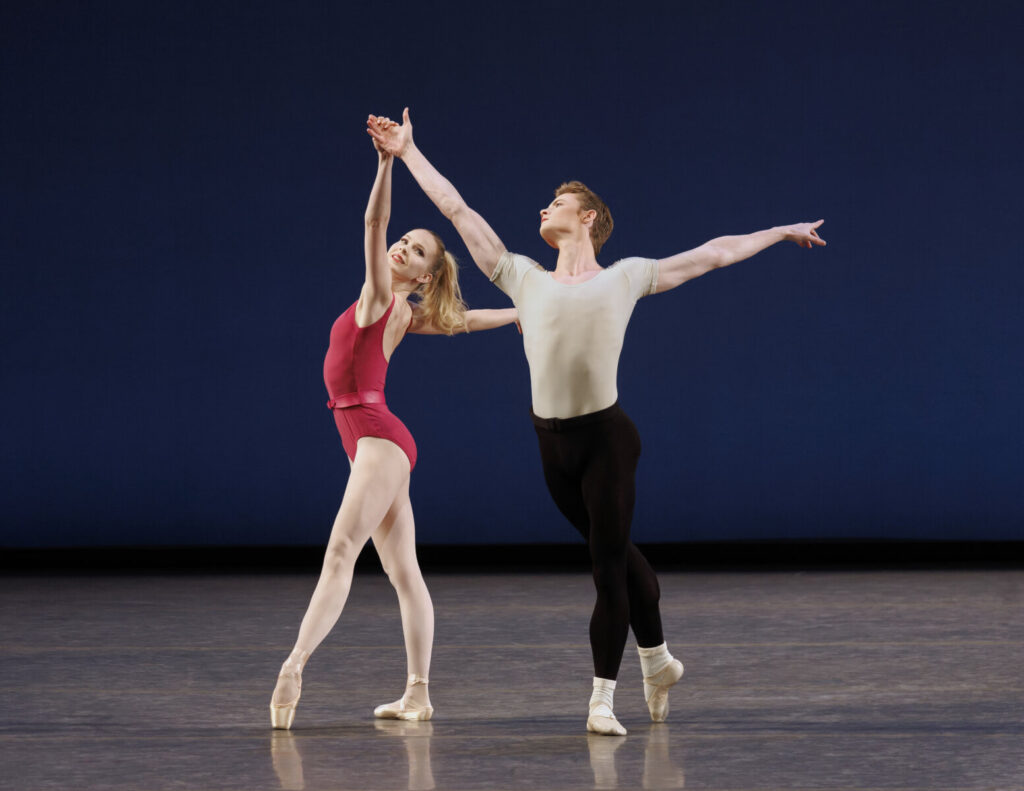
Balanchine built momentum and intensity without losing, rather enhancing, the integrity of the dance’s other elements: the music, choreography and performance artistry. Ratmansky’s new Paquita, in its present incarnation, relied heavily on virtuosic choreography and, at times, underutilized the other elements. Both Balanchine and Robbins tinkered frequently with their pieces. Perhaps Ratmansky will do the same. Or was it just a rousing experiment?

